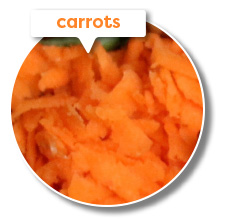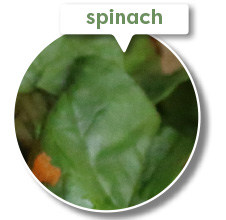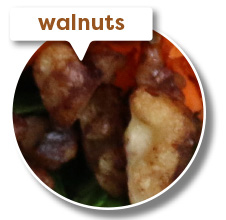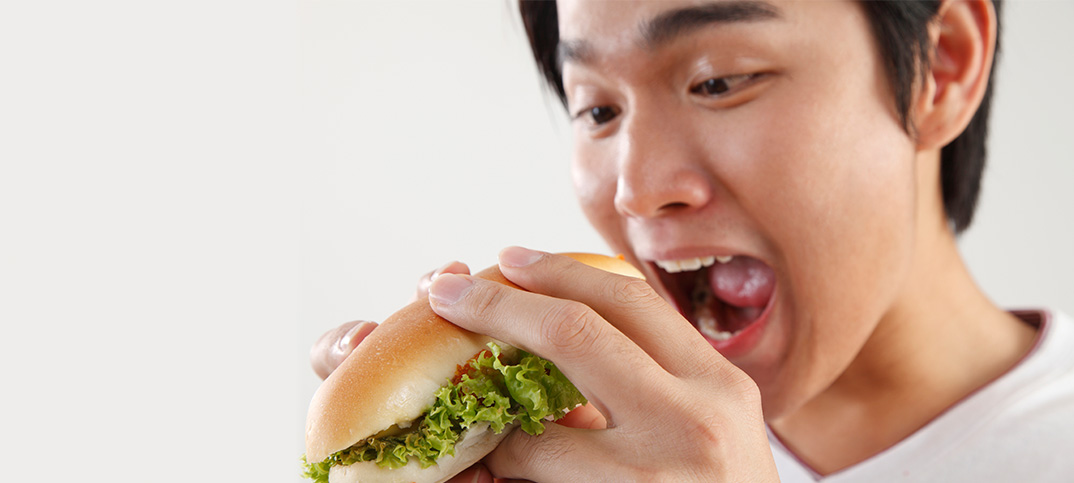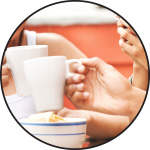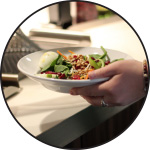How to help your students push back on perfectionism
“Hallmarks of perfectionism include an exaggerated concern over any mistakes, lofty and unrealistic self-expectations, harsh and intense self-criticism, feeling other people need you to be perfect, and nagging doubts about performance abilities,” says Dr. Simon Sherry, a psychologist and associate professor at Dalhousie University in Nova Scotia, Canada.
Perfectionism looks different for everyone. Here’s what to look for in your students
- Feelings of inadequacy Those who struggle with perfectionism often feel that they’re not good enough, according to Greenspon’s research. If they do happen to make some mistakes, perfectionistic people are likely to take that personally. Their slip-ups become reflections of themselves as people, not just of their performance or achievement.
- Setting rigid rules Perfectionistic people take rule-setting to an extreme, one that can get in the way of daily functioning. This intense structure can lead to other stressful and time-consuming habits, such as over-checking work to excess or missing deadlines, according to research published in 2016 in JMIR Research Protocols.
- Procrastinating on assignments or never turning them in at all Students struggling with perfectionism are often consumed with making sure that every last detail is perfect. While some may never miss a deadline, others might finish tests late, hand in assignments past deadline, or never finish them at all, according to a 2014 study published in Psychology in the Schools.
So how can you help?
[/vc_column_text][vc_custom_heading text=”Build a community that values the learning process, not just the results” font_container=”tag:p|font_size:20|text_align:left|color:%23000000″ google_fonts=”font_family:Roboto%20Condensed%3A300%2C300italic%2Cregular%2Citalic%2C700%2C700italic|font_style:700%20bold%20regular%3A700%3Anormal”][vc_column_text]Encourage your students to think critically about what they’re learning, not just how they’re performing. Share examples of mistakes that you’ve made to reframe the idea that perfection is a requirement for success.To prevent people from attributing their shortcomings to personal flaws, and to draw attention to how much failure it takes to get where you want to go, a Princeton professor created a nontraditional résumé. Share it with your students, or make one of your own.
[/vc_column_text][vc_custom_heading text=”Be more transparent about failure” font_container=”tag:p|font_size:20|text_align:left|color:%23000000″ google_fonts=”font_family:Roboto%20Condensed%3A300%2C300italic%2Cregular%2Citalic%2C700%2C700italic|font_style:700%20bold%20regular%3A700%3Anormal”][vc_column_text]In response to the pressure that students feel to perform, some campuses are highlighting the times they didn’t get it right. Stanford University created The Resilience Project, a combination of events and programs that feature students, faculty, and staff talking about setbacks, failures, and learning from mistakes. Consider doing the same on your campus. [/vc_column_text][vc_custom_heading text=”Know your resources and share them with your students” font_container=”tag:p|font_size:20|text_align:left|color:%23000000″ google_fonts=”font_family:Roboto%20Condensed%3A300%2C300italic%2Cregular%2Citalic%2C700%2C700italic|font_style:700%20bold%20regular%3A700%3Anormal”][vc_column_text]If you see your students struggling with unrealistic expectations, self-imposed pressure to be perfect, or procrastination, make sure you know what resources are available to help and have that information visible and readily available. Your counseling center might offer workshops on perfectionism, or tutoring services can help with time management. The more you normalize reaching out, the more likely students are to feel comfortable doing so.[/vc_column_text][/vc_column][/vc_row] [school_resource sh101resources=’no’ category=’mobileapp,counselingservices, studentsucess, studentsucess, helpdesk’] Get help or find out morePerfectionism basics: Psychology Today
An imperfect look at perfectionism and tips to help: University of Minnesota
Keith J. Anderson, PhD, registered psychologist, Rensselaer Polytechnic Institute, New York.
Simon B. Sherry, PhD, registered psychologist, researcher, and associate professor, Dalhousie University, Nova Scotia, Canada.
Sarah Vinson, MD, child and adolescent psychiatrist; assistant professor in psychiatry and behavioral sciences, Morehouse School of Medicine, Georgia.
Benson, E. (2003). The many faces of perfectionism. Monitor on Psychology, 34(10), 18. Retrieved from https://www.apa.org/monitor/nov03/manyfaces.aspx
Capan, B. E. (2010). Relationship among perfectionism, academic procrastination and life satisfaction among university students. Procedia Social and Behavioral Sciences, 5, 1665–1671. Retrieved from https://www.sciencedirect.com/science/article/pii/S1877042810017167
Flett, G. L., Hewitt, P. L., & Heisel, M. J. (2014). The destructiveness of perfectionism revisited: Implications for the assessment of suicide risk and the prevention of suicide. Review of General Psychology, 18(3), 156–172. Retrieved from https:// psycnet.apa.org/index.cfm?fa=buy.optionToBuy&id=2014-38880-002
Greenspon, T. S. (2014). Is there an antidote to perfectionism? Psychology in the Schools, 51(9), 986–998. Retrieved from https://www.researchgate.net/publication/265514641_Is_there_an_antidote_to_perfectionism
Handley, A. K., Egan, S. J., Kane. R., & Rees, C. S. (2015). A randomized controlled trial of group cognitive behavioural therapy for perfectionism. Behavior Research and Therapy, 68, 37–47. Retrieved from https://www.researchgate.net/publication/273706203_A_randomised_controlled_trial_of_group_cognitive_behavioural_therapy_for_perfectionism
Hill, A. P., & Curran, T. (2016). Multidimensional perfectionism and burnout: A meta-analysis. Personality and Social Psychology, 3, 269–288. Retrieved from https://www.researchgate.net/publication/279191467_Multidimensional_P erfectionism_and_Burnout_A_Meta-Analysis
Hirsch, G. (n.d.). An imperfect look at overcoming perfectionism. University Counseling and Consulting Services. University of Minnesota. Retrieved from https://www.sass.umn.edu/pdfs/II%20Self%20Awareness/Perfectionism/C%204.4.8%20Imperfect%20Look%20at%20Overcoming%20Perfectionism%20%20rev..pdf
Kothari, R., Egan, S., Wade, T., Andersson, G., et al. (2016). Overcoming perfectionism: Protocol of a randomized controlled trial of an internet-based guided self-help cognitive behavioral therapy intervention. JMIR Research Protocols, 5(4), e215. Retrieved from https://www.researchgate.net/publication/309959188_Overcoming_Perfectionism_Protocol_of_a_Randomized_Controlled_Trial_of_an_Internet-Based_Guided_Self-Help_Cognitive_Behavioral_Therapy_Intervention
Lynch, T. R., Hempel, R. J., & Dunkley, C. (2015). Radically open-dialectical behavior therapy for disorders of over-control: Signaling matters. American Journal of Psychotherapy, 69(2), 141–162. Retrieved from https://www.researchgate.net/publication/279987144_Radically_Open-Dialectical_Behavior_Therapy_for_Disorders_of_Over_Control_Signaling_Matters
Wade, T. D., & Tiggemann, M. (2013). The role of perfectionism in body dissatisfaction. Journal of Eating Disorders, 1, 2. Retrieved from https://jeatdisord.biomedcentral.com/articles/10.1186/2050-2974-1-2
University of Michigan. (n.d.). Coping with perfectionism. Retrieved from https://caps.umich.edu/content/coping-perfectionism






